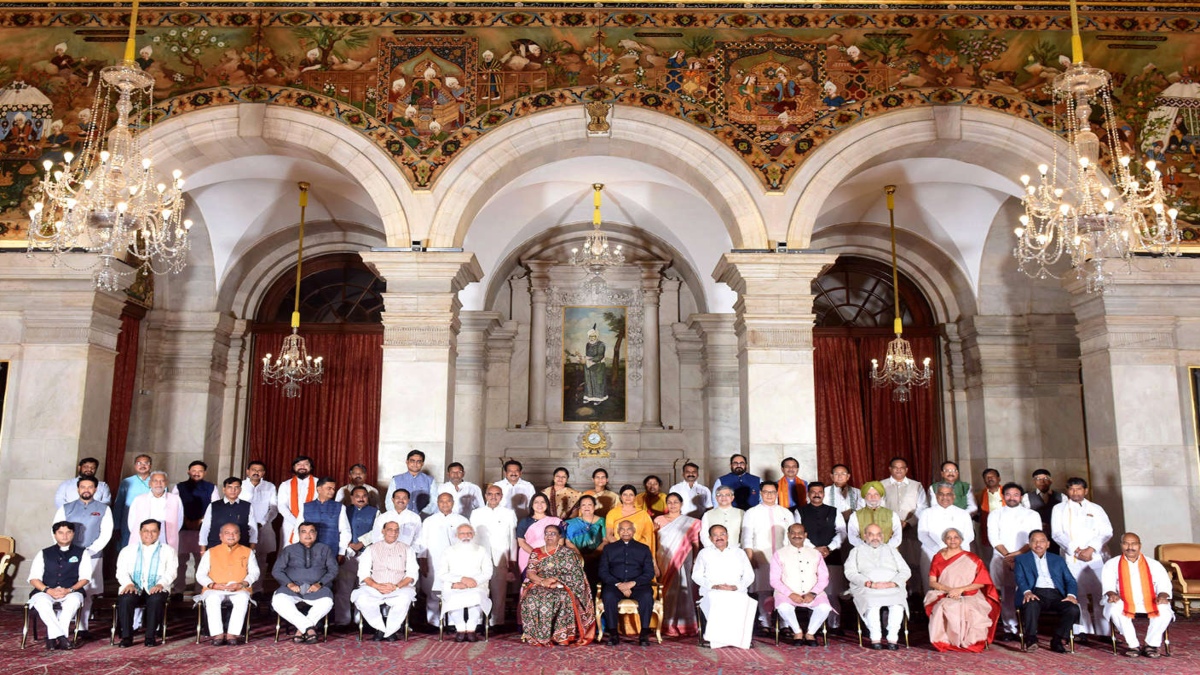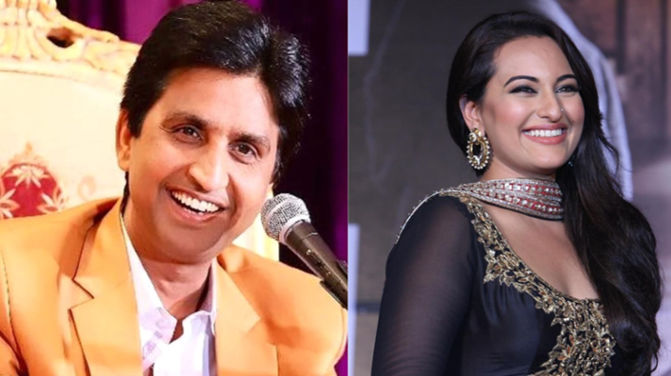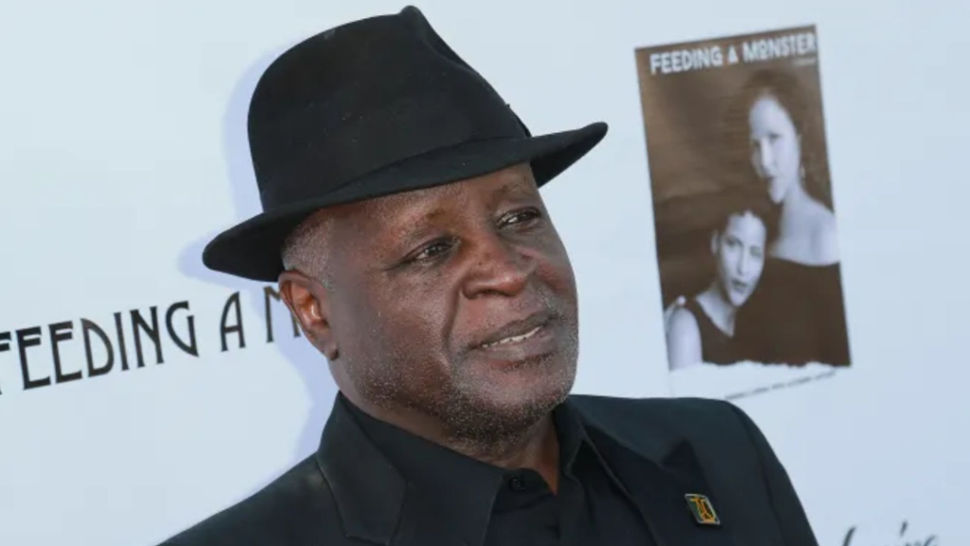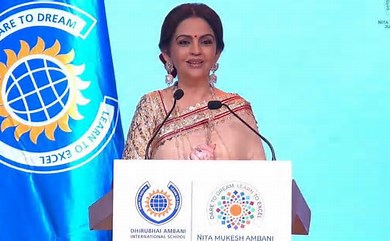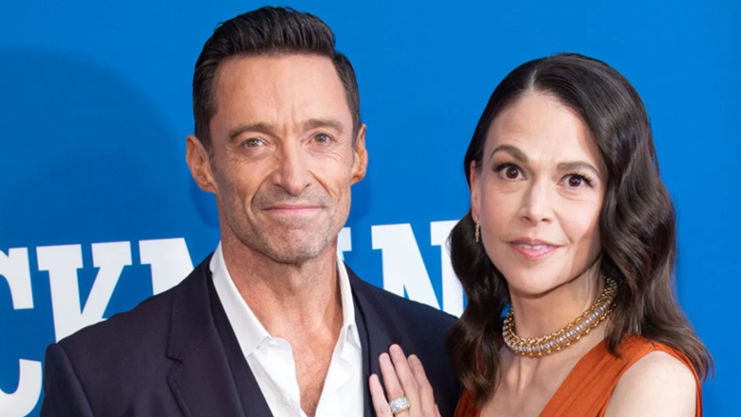Ralph Waldo Emerson once said, “Do not follow where the path may lead; go instead where there is no path and leave a trail.” Emerson’s words ring true for Prime Minister Narendra Modi, a leader who has been a trailblazer in more ways than one, given his pathbreaking decisions in the last seven years, which have always been guided by the “India First” approach. On 8 July 2021, PM Modi’s new Cabinet cleared a Rs 23,132 crore package for Covid management, in less than 24 hours of taking oath, reinforcing the fact that for “Team Modi”, the health of the citizenry is uppermost in the larger scheme of things. The package focuses on an integrated digital platform for telemedicine and teleconsultation. Among other things, setting up 736 district paediatric care units, 1 crore for medicine buffer stock at state and district levels, pooling of medical interns and BSc nursing students at the state level, 10,000 litres of oxygen storage at every district, provision for setting up 2.4 lakh beds with 20,000 ICU beds, including 20% for children and, provision for 150-unit need-based field hospitals, are the highlights of this package.
Talent and meritocracy ruled the roost in the recent Cabinet reshuffle ahead of crucial Assembly elections in seven states in 2022. While 57 ministers took oath in 2019, that number in the meanwhile had fallen to 53 with the resignation of Arvind Sawant of the Shiv Sena and Harsimrat Kaur Badal of the Shiromani Akali Dal, along with the demise of two others namely Ram Vilas Paswan of LJP and Suresh Angadi of the BJP. On 6 July 2021, with Union Social Justice Minister Thawarchand Gehlot being appointed as the Governor of Karnataka, the Cabinet strength went down to 52, against the upper limit of 81. Hence the decision by the PM to increase the Cabinet strength from 52 to 77, on 7 July 2021, was both necessary and desirable. Clearly, the resignation of 12 ministers and elevation of 7 others sent out a loud and clear message that “perform or perish” which has always been the “Modi mantra”, continues to hold sway.
With 27 OBC ministers, 12 from the SC and 8 from the ST community, the Cabinet has given a whole new meaning to the concept of inclusivity. Gender-wise too, a total of 11 women ministers including 2 with a Cabinet rank speaks volumes about how women empowerment is something the Modi government has always believed in. Prime Minister Narendra Modi will be in-charge of the Ministry of Personnel, Public Grievances and Pensions; Department of Atomic Energy; Department of Space; all important policy issues; and all other portfolios not allocated to any Minister.
Team Modi 2.0 has gone for several new faces with an eye on grooming younger leaders. There are 14 ministers below the age of 50, with an average age of the Cabinet at just 56 years. Silos between ministries have been broken down and an efficient, wholesome approach has been the guiding force behind the new work allocation. The Cabinet reshuffle also saw the induction of 13 lawyers, 6 doctors, 7 former civil servants, 7 PHDs, 68 graduates, and 5 engineers into the Council, showcasing the undeniable focus on talent. The articulate Meenakshi Lekhi was made MoS, External Affairs, and Culture. Parsohttam Rupala who hails from Gujarat, the state with the longest coastline and where the dairy sector has been making huge strides, got an elevation. The civil aviation sector needed a dynamic face and Jyotiraditya Scindia will bring in new energy and new ideas to help this sector keep pace with the changing, post-Covid world. Hardeep Singh Puri, who calls a spade a spade and has had a tremendous track record both as a technocrat and as a minister, is the new Petroleum Minister besides continuing to hold the Urban Development portfolio.
Dharmendra Pradhan, very hardworking and extremely meticulous, is the new Education Minister and will also handle the Skill Development and Entrepreneurship Ministry to ensure greater synergies in the two ministries. Ashwini Vaishnaw, with degrees from IIT Kanpur and Wharton and a former IAS officer, is the new Railway Minister, who will also handle the Information Technology portfolio—it is a clear message by Prime Minister Modi that he values professionals with domain expertise.
MoS PMO will handle Science & Technology and PM Modi will actively monitor the ministry, thereby endorsing that science and innovation are high on the Modi government’s development agenda. Home Minister Amit Shah has been given charge of the Ministry of Cooperation, to further strengthen the development of multi-state cooperatives. The entire Cabinet will make its best contribution in taking the welfare policies of the government to the people with full devotion and dedication and in realising the resolve of self-reliant India.
The Cabinet rejig has been termed as an effort by PM Modi to strike a balance between regional compulsions and meritocracy, in addition to giving a greater say to marginalised communities and beefing up the talent quotient with professionally and highly educated inclusions.
Former Assam Chief Minister Sarbananda Sonowal will deal with Ports and Shipping, whereas the Cabinet Minister from Arunachal Pradesh, Kiren Rijiju, will deal with Law and Justice. Janata Dal (United)’s R.C.P. Singh would be the new Steel Minister, and Pashupati Paras will occupy his brother, late Ram Vilas Paswan’s previous portfolio.
The Northeast with a Minister each from Tripura (Pratima Bhowmick) and Manipur (Rajkumar Ranjan Singh) vindicate how for the first time in over 70 years the Modi government is giving the region its due.
Like all reshuffles, this one too recognised the nod to states going to polls, with Uttar Pradesh getting seven ministerial berths, taking its tally within the Council of Ministers to 14. Uttarakhand noticed the inclusion of Ajay Bhatt. Gujarat, which goes to the polls somewhat later in 2022, saw the result-oriented Mansukh Mandaviya getting the crucial Health ministry besides his existing portfolio and a Minister of State berth for Darshana Jardosh, MP from Surat. Mandaviya was rewarded given his excellent work during the Covid second wave with Remdesivir production that rose from 1 lakh vials to 3.5 lakh vials per day. Hence, despite electoral compulsions, meritocracy was the overriding theme. With the inclusion of 4 Ministers—Nishith Pramanik, John Barla, Subhash Sarkar, and Shantanu Thakur—PM Modi established that West Bengal would be a vital state in the larger scheme of things for the BJP with Thakur and Pramanik representing the Matua and Rajabangshi communities respectively. Again, the BJP secured 25 Assembly seats from North Bengal, where Pramanik hails from and hence despite being barely 35 years old and a first-time MP from Cooch Behar, he was included in the Council.
The inclusion of Maratha strongman from Konkan region, Narayan Rane, almost hitting 70 years, proves that PM Modi has married experience with youth. The induction of BJP leader and former Chief Minister Narayan Rane, himself a former Shiv Sainik, who is also an important face of the Maratha community, is clearly viewed by many as an aggressive move on the BJP’s part to neutralise the Sena in the Konkan. Rane, who ruled his fiefdom of Kudal in Sindhudurg district which he held for six terms as MLA, was defeated by the Sena’s Vaibhav Naik in the 2014 Maharashtra Assembly elections—a defeat he has neither forgotten nor forgiven.
After a long period in limbo following his exit from the Congress, Rane was sent to the Rajya Sabha backed by the BJP. However, it was only in October 2019, just ahead of the crucial Maharashtra Assembly polls, that he finally merged his party, the Maharashtra Swabhiman Paksha (MSP), with the BJP and formally entered the BJP. Rane’s pick is an excellent move by PM Modi as Rane understands the Konkan region better than most, is a career politician, and is the proverbial bete noire of the Shiv Sena which has clearly failed Maharashtra on more counts than one.
With four BJP leaders from Maharashtra starring in Prime Minister Narendra Modi’s mega Cabinet reshuffle, the BJP,as per experts, appears to have worked out a well-thought-out stratagem to tackle the tripartite Uddhav Thackeray-led Maha Vikas Aghadi (MVA) in key regions of the State. The exercise saw the induction of Kapil Patil from Thane district, Dr Bhagwat Karad, an important name in Marathwada, and Bharati Pawar from Khandesh, as Ministers of State (MoS). Thane is considered a Shiv Sena bastion and hence Patil’s name implies a lot more. Dr Karad, a former aide of Gopinath Munde, has served as mayor of Aurangabad municipal corporation and comes with years of experience, while Bharati Pawar, at just 42 years and an MBBS, is the youth face, from Maharashtra.
The reshuffle also reflects a keen balance of caste interests: The induction of Dr Bhagwat Karad, an influential and experienced OBC leader from the Marathwada region, is meant to serve as a stimulus for the BJP’s further expansion in the area while representing vital OBC interests. The induction of Ms. Bharati Pawar, a first-time MP from Dindori, a tribal constituency in Nashik district, is being seen by some as a step to neutralise the NCP in northern Maharashtra. Again, Kapil Moreshwar Patil is a two-time BJP MP from Bhiwandi. Importantly, he belongs to the Agri community, which reportedly has considerable clout over local politics in the Thane and Navi Mumbai areas.
Before 1 January 2004, the Prime Minister had the discretion to appoint any number in his Council of Ministers. But the Constitution (Ninety-first Amendment) Act in 2003 curbed this power. This Amendment added clause (1-A) in Article 75 which limited the number of Ministers, including PM to 15 percent of the total number of Lok Sabha members, which is 545. So Prime Minister Modi can have 81 members in the Council of Ministers. With the latest expansion, the number is still 77 and the PM still has room for more. Hence, “Minimum Government, Maximum Governance” is not merely a slogan but an abiding work ethic for PM Modi, who besides an impeccably clean and corruption-free image, works tirelessly 24×7.
The Prime Minister can induct into his ministry a person who is not a member of either House of Parliament—the Lok Sabha and the Rajya Sabha. However, a minister who for a period of six consecutive months is not a member of either house shall at the expiration of that period cease to be one.
Former PM Atal Bihari Vajpayee’s first government in May 1996, which lasted for 13 days, had just 12 ministers (including the PM), when swearing-in took place. His second term in March 1998 began with 41 ministers including 21 Cabinet Ministers, 16 Ministers of State and four ministers of state with independent charge. When he began his third term in October 1999, there were 22 Cabinet and 22 Ministers of State. Former PM Manmohan Singh’s UPA-II started in May 2009 with a 78-member council of ministers, including 33 Cabinet ministers and 45 ministers of State. Earlier, UPA-I too had 78 ministers in the Council. In the end, it would suffice to say that Prime Minister Narendra Modi is a rare leader and a global statesman, who values talent and more importantly, nurtures talent. For him, good governance comes first, let sycophancy be damned. Modi’s key result areas (KRA) style governance model with clear targets and an “India First” approach are a far cry from the erstwhile, Congress-led dispensation which ruled the country via 78 groups of ministers (GOMs) and 16 empowered groups of ministers (EGOMs). Under Manmohan Singh, office of the Prime Minister was compromised. But Prime Minister Narendra Modi does what he does unapologetically and has a clear thought process with no room for obfuscation of any kind, whatsoever. A famous quote by John Quincy Adams says, “Courage and perseverance have a magical talisman before which difficulties disappear and obstacles vanish into air; Always vote for principle, though you may vote alone. If your actions inspire others to dream more, learn more, do more and become more, you are a leader.” Well, true to what Quincy said, PM Narendra Modi continues to lead from the front and has been an inspirational fountainhead of unwavering excellence. The Cabinet expansion, therefore, clearly has PM Modi’s stamp of integrity, transparency, dynamism, professionalism, and experience written all over it as India gears up to march ahead, in a post-Covid global order.
The writer is an economist, national spokesperson of the BJP, and the bestselling author of ‘Truth & Dare: The Modi Dynamic”. Views expressed are writer’s personal.

